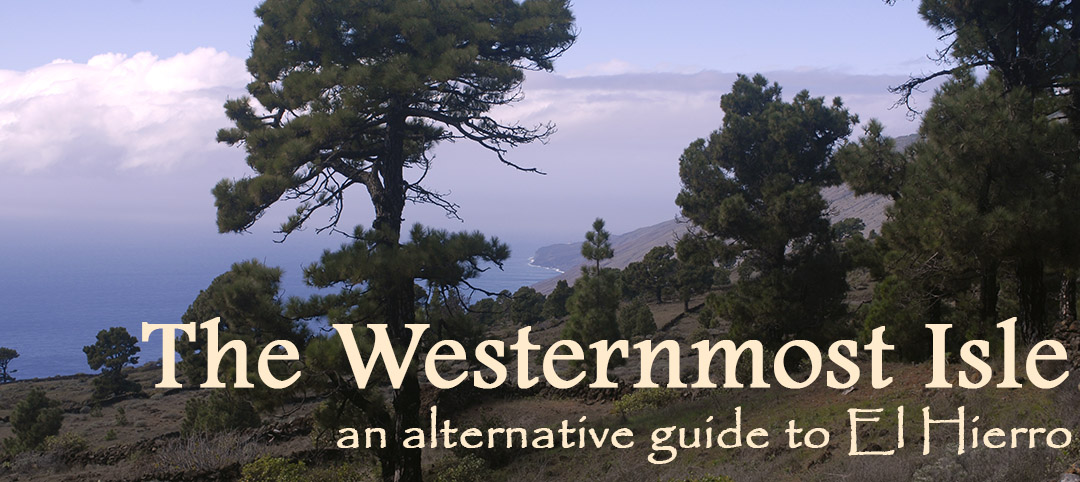Nevertheless, forest fires on the island can be very dangerous for their speed of propagation can be so fast that hikers and even people in cars can easily be cut off from escape. If they spread from the forest they can devastate cultivated land. During the hot dry summer months, teams of fire-fighters and invigilators keep watch on traffic going into the forest, barbecues are forbidden, and people are asked to be very careful with cigarettes. Sometimes all access is cut off.
The pine forest is generally a very quiet place. There is no undergrowth except for small patches of grass because the ground is covered with a thick mantel of pine-needles. And very little life, except for an occasional kestrel – I often wonder what they eat! But it is a life-giver. The crowns capture from the clouds moisture which drips down to and through the mantel to be absorbed by our porous soil.
The forest is hardly used at all today, but in the past it was economically very important. Pine needles were used for bedding, animal and human, and in times of need the nuts were eaten as well as the tender inner bark. The white wood satisfied a great variety of uses but the dark, solid and heavy resinous heartwood was most important. This “tea” (pronounced “tay-ah”) is virtually indestructible except by fire. It was used extensively in building, especially in the more wealthy homes, and for making such things as watering and feeding troughs. Large splinters were used on top of the beams as a base for flat roofs and, curiously, the esteem in which a young married couple was held could be judged from the length of the central load-bearing beam of their roof. The resin in this heartwood readily burns and so splinters provided convenient torches for lighting the way as well as village festivals.
 |
| The Pine Forest high up near the centre of the island. Notice the ancient pines in the background. |








